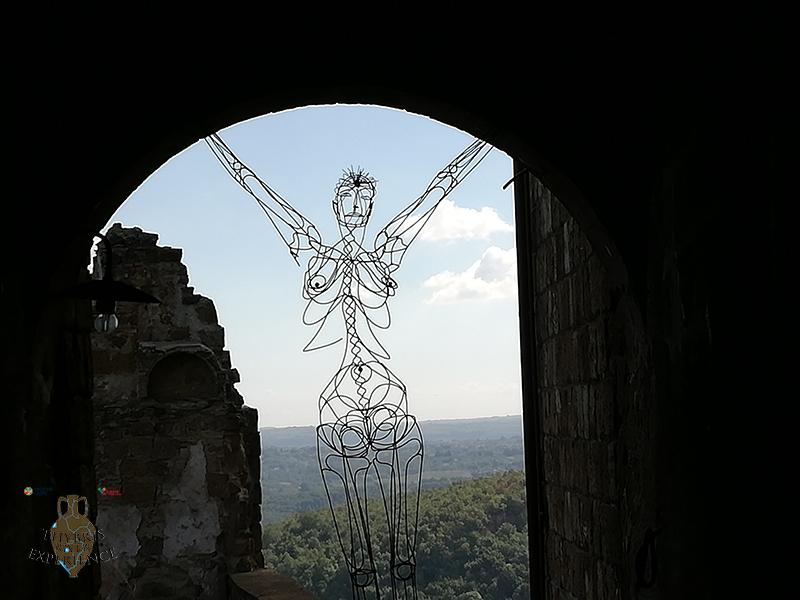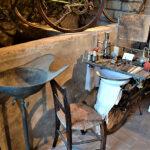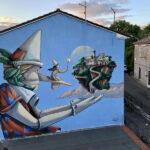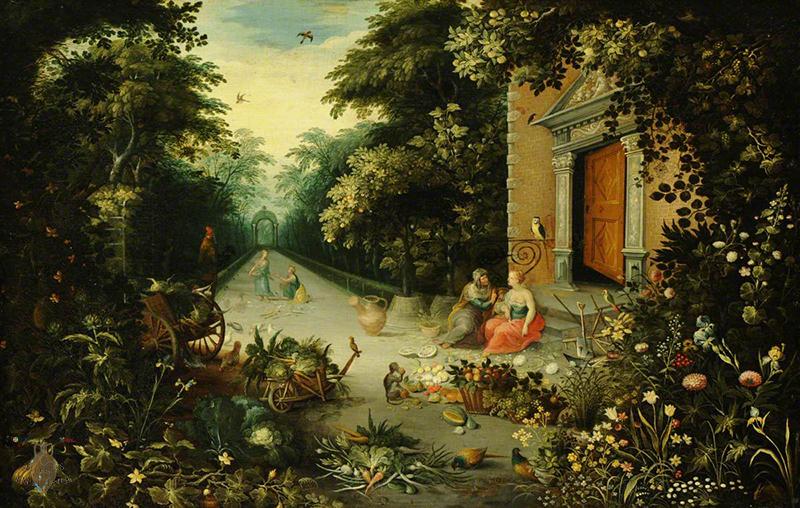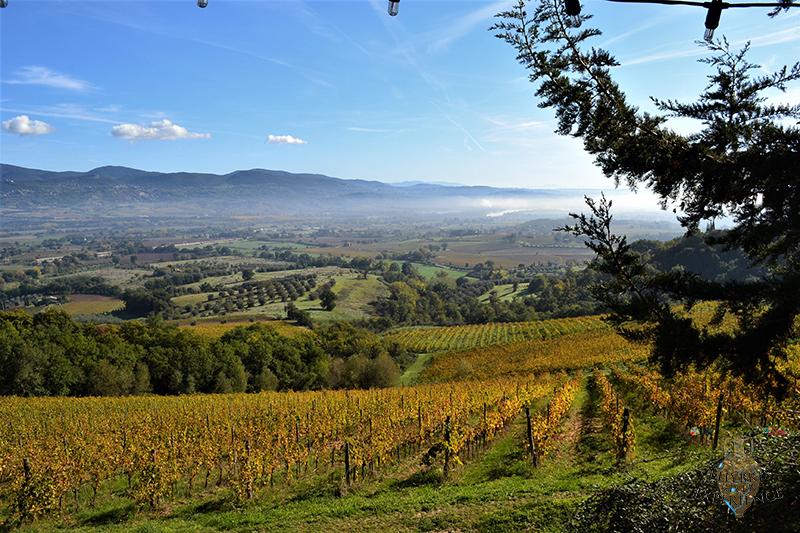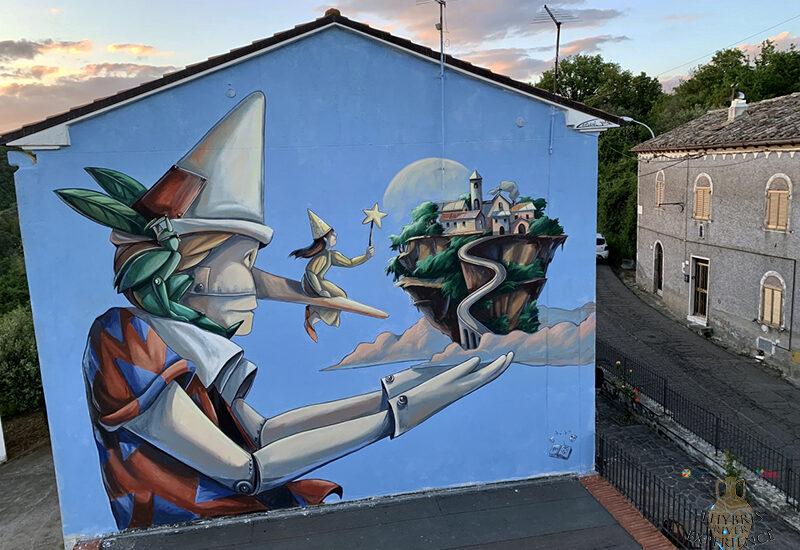The ghost town of Celleno
A strategic outpost in Pomona lands
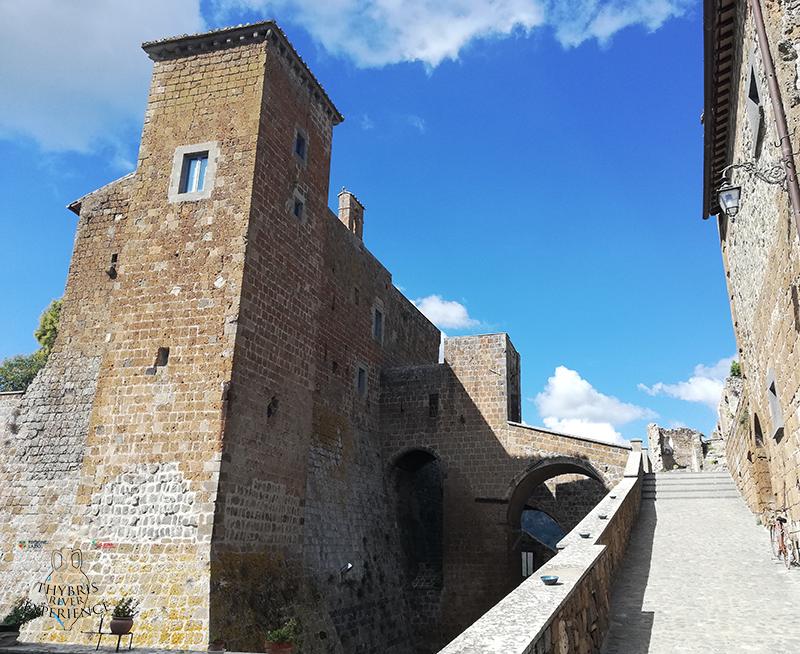
The ghost town of Celleno is a charming and timeless town placed 9 miles from Viterbo in the northern part of the Latium Region called Tuscia. During the medieval ages, this was a strategic outpost on a spur that overlooked and controlled the Tiberina Valley. Its special position is still understandable from the Belvedere where a few sheep graze the grass, an ecological system to maintain the green. From here we can see the white façade of Costaguti Castle in Roccalvecce, at the top of the opposite Valley, another amazing place to visit. On a clear day, you can also see the lonely shape of Monte Soratte. Like other villages in the area, first the famous Civita di Bagnoregio, Celleno is surrounded by the “calanchi”, badlands. For its geological composition of tufa has suffered, for centuries, many landslides. A Greek author, Dionysius of Halicarnassus, 2000 years ago, wrote that the name of the town derived from Cilenia, the daughter of Italo, the king of the Enotri. A legend says that the name resembled one of the 3 Harpies, Celeno, the darkness. In the civic coat of arms, there is a Harpy. The easiest reason is that Celleno could derive from “cella” meaning cell, grotto, or hollow, a less fascinating but more likely story.
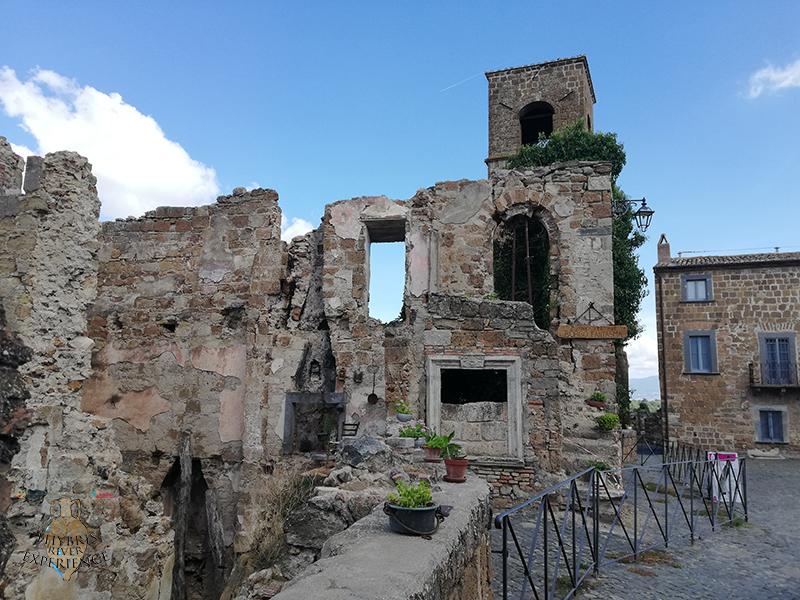
The origin of the town of Celleno
Between 1970 and 1990 excavations ruled by the University of Tuscia and Soprintendenza (Archaeological Service) discovered a “butto”, the largest in the area ever. “Butto” in Italian means throw away, the word indicates a medieval garbage deposit. The huge hole, in origin a cistern was built in the middle of two rooms dating back to the Etruscan Age, then abandoned later in the III century B.C. Not surprising if we consider the position of Celleno right in the middle of a triangle of important Etruscan cities: Orvieto, Bagnoregio, and Ferento. The origin of the town was also confirmed by a very curious finding: a glirarium (Latin word), a special pot to grow up an animal, the dormouse, which was considered a delicious dish in Etruscan cuisine. In the butto, the archaeologists found around 8000 fragments of glazed pottery and were able to recompose 40 refined pieces of tableware that testify to the wealth of the families who lived in the village during the medieval and Renaissance period (years 1250-1500). Many fragments had already been taken by the tomb raiders before the archaeologists intervened so they brought to light mainly ceramics of the thirteen century. The art of ceramic is very popular also now, you can buy beautiful handworks in many towns of Tuscia.
The old Castle of the ghost town of Celleno and the Gatti (cats?)
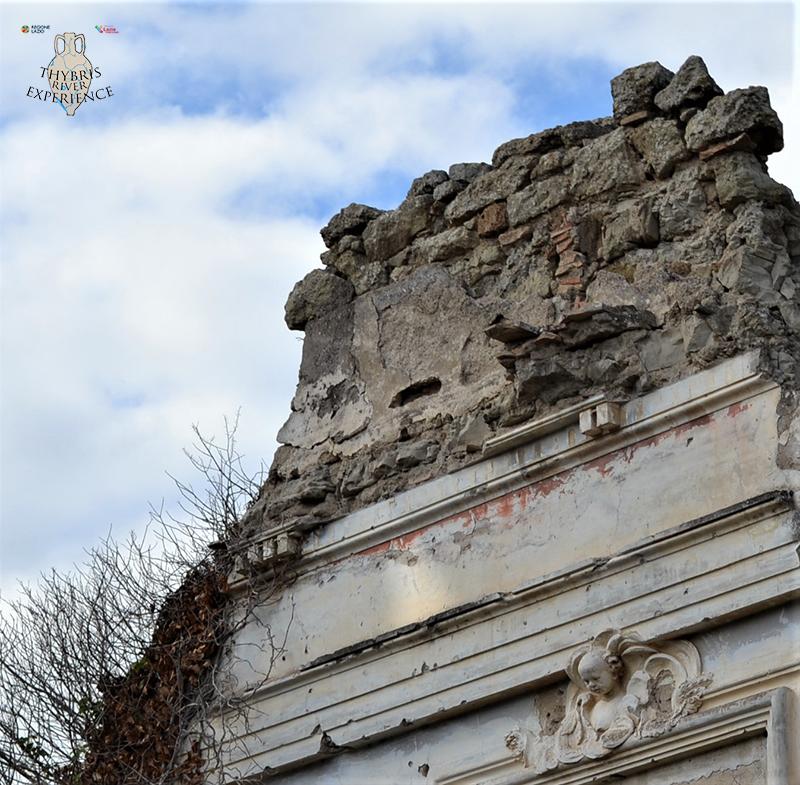
The Gatti, a noble family, received the Castle (dated between IX and X centuries) from the papacy in 1375 but after a century a member of this family, Giovanni, who had refused to give the Castle back to the Holy See was murdered by Pope Alessandro VI Borgia. After the powerful family of Orsini, who held the castle till 1580, it remained a feud of papacy until 1870 when Celleno became independent and was annexed to the Kingdom of Italy.
The depopulation and abandon of the old town of Celleno
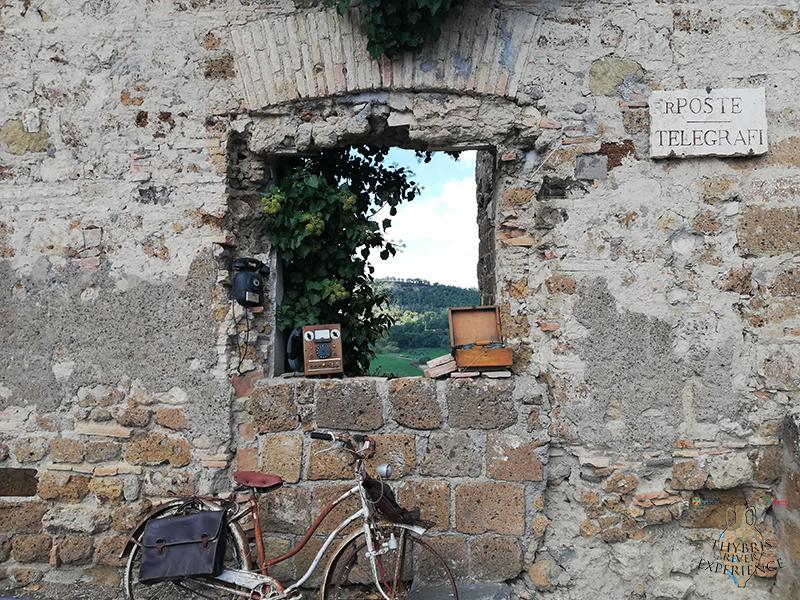
A strong earthquake in 1695 and other events such as the building of heavy structures on ancient walls, the excavation of grottos and quarries under the houses for extracting the pozzolana stone, and the erosion of the soil created many problems to the stability of the village. From the 18th century until the mid-20th century, these problems caused 3/4th of the houses to collapse. Many people’s deaths were recorded in the local documents. The town was abandoned starting in 1934 when the new town of Celleno was erected. Another earthquake occurred in 1941. Ten years later the then President of the Republic Luigi Einaudi, with a decree, forced all the left residents to transfer to the new houses, 1,5 km away, at the same time the unsafe buildings were destroyed by explosives. An entire area called “Le Ripe” disappeared. Here there was the ballroom and the cinema, the social centre of the town. For more than 20 years only rain, wind, and… ghosts were the owners of the old town while the vegetation climbed up the ruined walls.
The old town of Celleno today: an open–air Museum
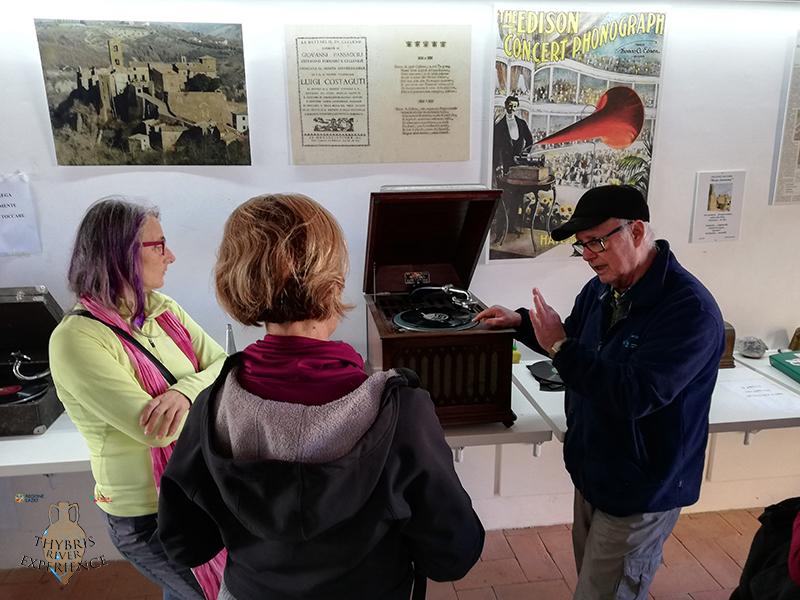
The Castle, transformed into a fortress over time, is the best preserved part of the village. It was bought and restored by Enrico Castellani, one of the most known Italy contemporary artists who has been living here, as only resident, from 1972 till his death in 2017. He showed in all the most important museums and galleries of the world, and his artworks reach very high prices. Five years ago Christie’s sold one of them for 1,8 million pounds. Now the charm of the place is left to shreds of its history like an old public phone attached to a ruined wall and an old bicycle used by the employ of the “Poste e Telegrafi” to notify the citizens of Old Celleno about the incoming calls of some relatives, I suppose…
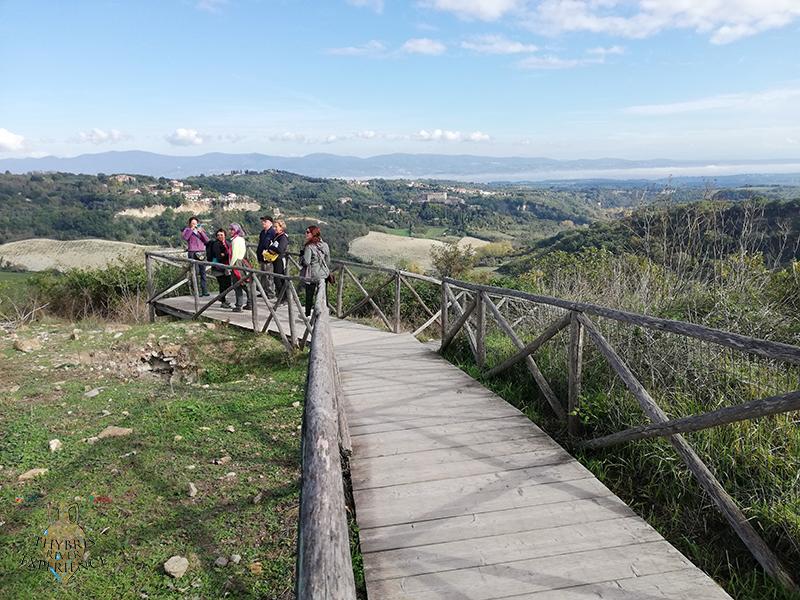
The roofless Church of San Donato displays a gracious cherub among the ruins. Walking around you can visit the “Forno”, the bakery, and imagine the fragrance of the bread while a collection of everyday and agricultural tools suggests the work in the fields. Inside the Church of San Carlo, in the main square, Mario Valentini, a passionate and serial collector, tells us the stories of gramophones, phonographs up to portable players, and turntables and shows us how these machines work. It is unbelievable the quality of the sound even after more than a century. Among anecdotes and curiosities, the notes of songs of the 1920s spread around. All these objects, still working, belong to the Talking Machines Museum. A sort of revenge of sounds and voices against the silence of the place. Who knows if Giovanni Gatti or better… his ghost, sometimes stops to listen.
